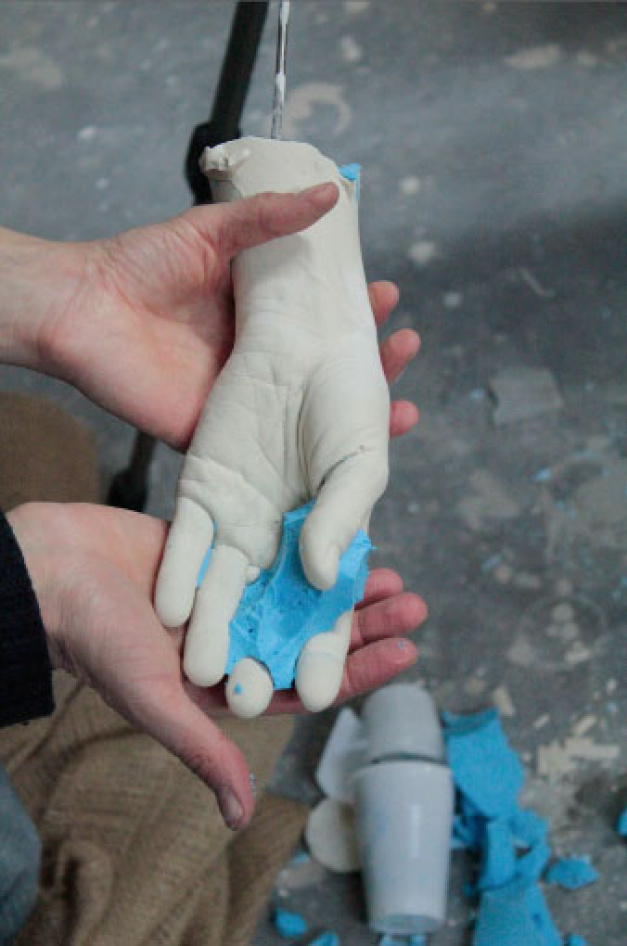Slade Rock Room Project 2015
The Slade Rock Room Project 1-day pop-up exhibition takes place at the UCL Rock Room on Friday 8th May 2015, from 1 - 5pm. There is a discussion at 3pm.
Featured Media

casting

casting
The Slade Rock Room Project 1-day pop-up exhibition takes place at the UCL Rock Room, 1st Floor Corridor, South Wing, Gower Street, UCL, on Friday 8th May 2015, from 1 - 5pm. There is a discussion at 3pm. This year's emerging themes, starting points and projects are anatomy and the studio.
The UCL Rock Room is a cross between a teaching space for geology and a museum, containing a large collection of geological specimen in drawers - a fascinating and visceral environment. The format of the 1-day pop-up exhibition is experimental and open for ways of interpreting the specific space of the Rock Room and involves a number of objects and actions being inserted, tested and tried out within the geology collection.
Situated in a neighbouring context (UCL Earth Sciences) the indirectness of this situation and space seems to generate particular opportunities and questions which lie on the edge of exhibition making, looking at matter, materiality and form, both in real terms as well as to do with the fantasies surrounding the disciplines.
Previous year's projects have featured handmade rocks, dust from the Slade studios, baked fish and sellotape sculptures as well as the first images taken of the surface of the moon during the Apollo 1969 mission (loaned from Earth Sciences archives) and discussions between sculpture students and geologists. Additional events include tours around the UCL Earth Sciences department and introductions to their facilities and labs, as well as a 1-day Sculpture Park at the UCL Mullard Space Science Laboratory in Surrey which took place in March 2015.
The Rock Room Project is an attempt to look at, undo and expand existing structures around exhibition making and thinking about sculpture. It explores how space is organised, composed and perceived according to the concepts we apply. Through geology the project looks at basic materiality, the forces and conditions around it, such as e.g. temperature, pressure and sound. It is an attempt to work collaboratively, and to respond to things outside of a rational and pre-conceived way. The idea of the neighbouring sciences context is free from expectations and is a perfect testing ground.